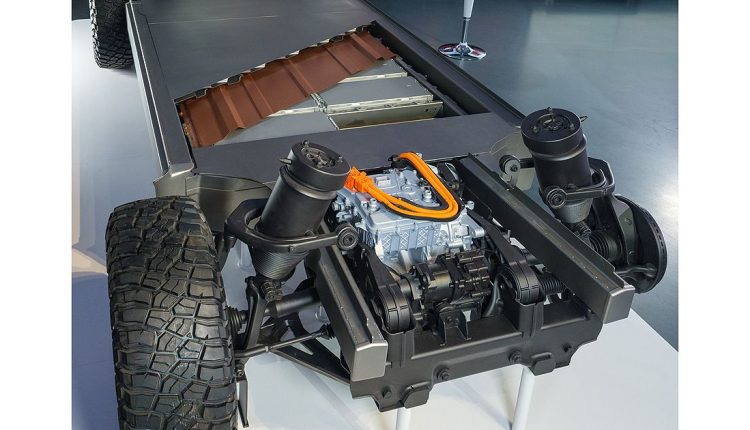GM and Honda each have made ambitious commitments toward electrification already, and tackling mass-market EVs together could lead to higher volumes and more advanced battery development, analysts say. Honda aims to be carbon neutral globally by 2050, and GM aspires to have an all-electric lineup by 2035.
“By working together, we’ll put people all over the world into EVs faster than either company could achieve on its own,” GM CEO Mary Barra said in a statement.
Internal combustion vehicles — selling today at record-high transaction prices — will continue to be the automakers’ profit center as they accelerate the transition to EVs.
GM isn’t the only automaker working to make combustion vehicles even more profitable amid the EV shift. Volkswagen Group said this week it would discontinue 60 percent of its gasoline-powered vehicles by the end of the decade, and CFO Arno Antlitz told the Financial Times that the automaker will prioritize quality and margins over volume and market share.
GM and Honda’s collaboration provides an avenue for the two companies to pool resources and lean on each other’s complementary strengths. Even without the partnership, each would have pushed forward on EV development independently, said Stephanie Brinley, principal automotive analyst at IHS Markit.
“I don’t see this as a scenario where either company was saying, ‘We can’t do it. We need to bail each other out,’ ” she said. “I think they just see opportunity. There is never enough cost savings.”
Honda historically has been better at making and selling compact crossovers, while GM is further along in EV battery technology.
Under the companies’ North American alliance announced in 2020, GM agreed to help Honda build EVs on its existing Ultium battery platform. The collaboration will lead to the Honda Prologue and an Acura EV, both due to arrive in 2024. The new affordable EV plan calls for the companies to also work on battery development together.
“They have both been looking at solid state, and they can both benefit from each other’s existing research to date and get it done a little bit faster,” Brinley said.


